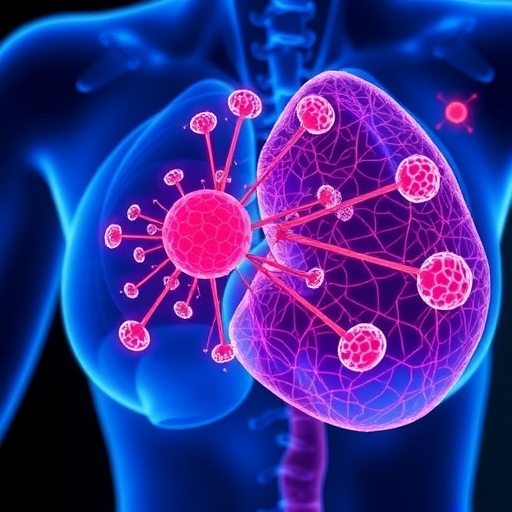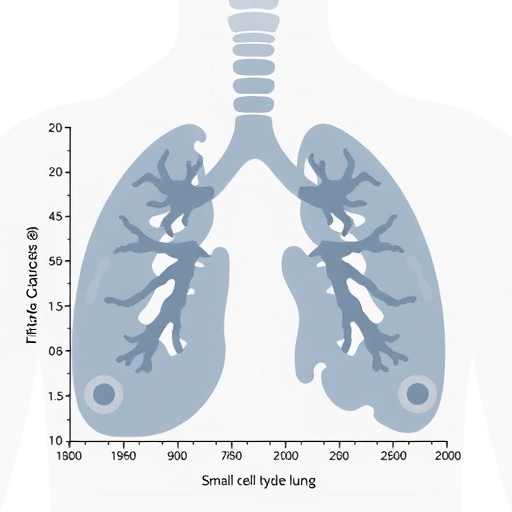Semiconductors are used for myriad optoelectronic devices. However, as devices get smaller and smaller and more demanding, new materials are needed to ensure that devices work with greater efficiency. Now, researchers at the USC Viterbi School of Engineering have pioneered a new class of semiconductor materials that might enhance the functionality of optoelectronic devices and solar panels–perhaps even using one hundred times less material than the commonly used silicon.
Researchers at USC Viterbi, led by Jayakanth Ravichandran, an assistant professor in the Mork Family Department of Chemical Engineering and Material Sciences and including Shanyuan Niu, Huaixun Huyan, Yang Liu, Matthew Yeung, Kevin Ye, Louis Blankemeier, Thomas Orvis, Debarghya Sarkar, Assistant Professor of Electrical Engineering Rehan Kapadia, and David J. Singh, a professor of physics from University of Missouri, have developed a new class of materials that are superior in performance and have reduced toxicity. Their process, documented in "Bandgap Control via Structural and Chemical Tuning of Transition Metal Perovskite Chalcogenide," is published in Advanced Materials.
Ravichandran, the lead on this research, is a materials scientist, who has always been interested in understanding the flow of electrons and heat through materials, as well as the how electrons interact within materials. This deep knowledge of how material composition affects electron movement was critical to Ravichandran's and his colleagues' most recent innovation.
Computers and electronics have been getting better, but according to Jayakanth Ravichandran, the principal investigator of this study, "the performance of the most basic device–the transistors –are not getting better." There is a plateau in terms of performance, as noted by what is considered the "end of Moore's law." Similar to electronics, there is a lot of interest to develop high performance semiconductors for opto-electronics. The collaborative team of material scientists and electrical engineers wanted to develop new materials which could showcase the ideal optical and electrical properties for a variety of applications such as displays, light detectors and emitters, as well as solar cells.
The researchers developed a class of semiconductors called "transition metal perovskite chalcogenides." Currently, the most useful semiconductors don't hold enough carriers for a given volume of material (a property which is referred to as "density of states") but they transport electrons fast and thus are known to have high mobility. The real challenge for scientists has been to increase this density of states in materials, while maintaining high mobility. The proposed material is predicted to possess these conflicting properties.
As a first step to show its potential applications, the researchers studied its ability absorb and emit light. "There is a saying," says Ravichandran of the dialogue among those in the optics and photonics fields, "that a very good LED is also a very good solar cell." Since the materials Ravichandran and his colleagues developed absorb and emit light effectively, solar cells are a possible application.
Solar cells absorb light and convert it into electricity. However, solar panels are made of silicon, which comes from sand via a highly energy intensive extraction process. If solar cells could be made of a new, alternative semiconductor material such as the one created by the USC Viterbi researchers– a material that could fit more electrons for a given volume (and reducing the thickness of the panels), solar cells could be more efficient–perhaps using one hundred times less material to generate the same amount of energy. This new material, if applied in the solar energy industry, could make solar energy less expensive.
While it is a long road to bring such a class of materials to market, the next step is to recreate this material in an ultra-thin film form to make solar cells and test their performance. "The key contribution of this work," says Ravichandran, "is our new synthesis method, which is a drastic improvement from earlier studies. Also, our demonstration of wide tunability in optical properties (especially band gap) is promising for developing new optoelectronic devices with tunable optical properties."
###
About the USC Viterbi School of Engineering
Engineering Studies began at the University of Southern California in 1905. Nearly a century later, in 2004, the Viterbi School of Engineering received a naming gift from alumnus Andrew J. Viterbi, inventor of the Viterbi algorithm, now the key to cellphone technology and numerous data applications. The school's guiding principles is Engineering +, a coined termed by current dean Yannis C. Yortsos, to use the power of engineering to address the world's greatest challenges. USC Viterbi is ranked among the top engineering programs in the world and enrolls more than 6,500 undergraduate and graduate students taught by 185 tenured and tenure-track faculty, with 73 endowed chairs and professorships.
Media Contact
Amy Bumenthal
[email protected]
917-710-1897
@USC
############
Story Source: Materials provided by Scienmag




